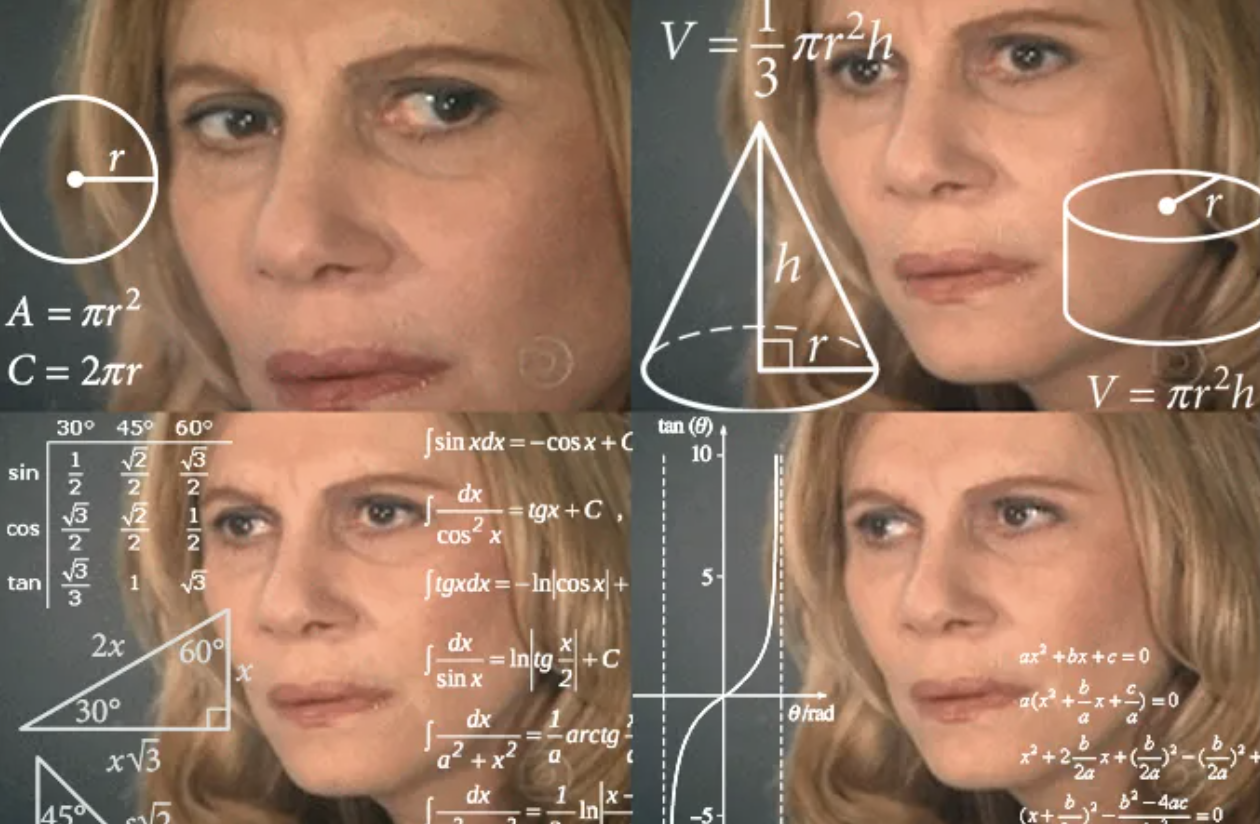

Out of thousands of internet memes, the two listed above are my personal favorites. These hilarious memes are both rather popular and exist in variant forms. The modifications make each variant unique, but there is noticeable persistence that string them all together.
Starting with the meme on the left featuring Reese Witherspoon, this commentary provides real emotion connected to the long months of 2020 when the Corona Virus took over the globe. Although COVID-related memes are beginning to feel repetitive and negative, this is one that has stuck with me, and I’m sure many others. The meme is not only relevant to me, but theoretically relates to every single person on social media. Reese walks us through the shock, boredom and depression these past couple of months has brought us. It’s interesting to note that these raw emotions are not funny, in fact they are incredibly serious, but this meme unites everyone and provides a sense of relatability we crave during these isolating times. This meme essentially comments on how monotonous and miserable 2020 has been while getting people to smile a bit: a rare combination. Reese Witherspoon is also a very effective celebrity choice for this particular meme. She carries an amiable reputation with skills in expressing a wide variety of real emotion people can understand.
The meme on the right is another one worth noting. This meme is one that carries so many different captions/headers that make it versatile and effective in all types of internet cultures. “The second strategy of memetic repackaging, remixing, is also extremely prevalent, as digital technology and a plethora of user-friendly applications enable people to download, re-edit, and distribute content very easily (Shifman, 2013). Shifman notes how easy and accessible it is now to download and re-create memes to fit whatever comedic choice the creator is interested in. The picture that is shown in this essay is essentially just the framework for what a lot of people apply their own context to. I chose this meme because for people like me who hate math, this lady’s expression is so applicable and accurate when trying to solve a problem. Although this meme is almost always taken out of the context of “math jokes” it’s a state of confusion that many of us can understand. I like how this meme has 4 different sections, and with each progression, the lady’s confusion intensifies, indicating the passage of time.
Although these two memes are clearly distinctive, they are fascinating to compare amongst eachother. Both of these memes are emotion based. The women’s expressions tell most of the story for both of these memes and they are not fully reliant on captions/ text to be effective. Another similarity that I noticed right off the bat is the demographics of both these women. I share the same ethnicity and gender as both these subjects, which may be why, I wonder, I am especially drawn to these memes. Although I am not attracted to these subjects, there was an interesting study done in 2010 that claimed people are more drawn to strangers who resemble us. (Strong, 2019). In regard to differences, these memes speak on entirely different subjects and contexts. The left meme is almost fully focused on the corona virus, and the right meme is much more general and applies to ironically “confusing” situations.
In order to apply Shiftman’s frameworks to these memes, it is important to name the fitting typologies. For the left meme, I would call it “celebrity COVID calendar”. I have seen a few other meme calendars with other celebrities, so I think this broad typology is suitable. The first framework Shiftman mentions is content. The content here is clearly related to quarantine struggles, pandemic disbelief, and it even dramatizes the struggle to survive, or to stay healthy. The second framework is form. “This is the physical incarnation of the message, perceived through our senses. It includes both visual/audible dimensions specific to certain texts, as well as more complex genre-related patterns organizing them” (Shiftman, 2013). I think the form of this meme is extremely unique and effective. The form is a calendar-like arrangement that pictures Reese Witherspoon essentially going through the stages of being affected by COVID through the early stages of the pandemic. Starting with ignorance/lack of awareness and finishing with immense struggle, Reese’s emotions are absolutely perceived through our senses. Lastly, Shiftman mentions stance as the last key framework. It is clear that the creator of this meme is communicating the negative struggle that is paired with this pandemic. Their stance is relatable and not controversial. Although this is a sensitive subject, this meme is careful to not communicate any intense sarcasm or disrespect to people who are being impacted directly..
These three frameworks can also be applied to the meme on the right. The typology for this meme is “4-image collage of random confused lady doing math”. In regard to content, this meme can be applied to so many different subjects. For the most part, this meme comments on an ironically confusing and relatable subject matter. The form is a series of 4 pictures of the same women looking awkwardly lost and confused. As noted earlier, as each picture progresses, her confusion increases, and the math problem seems to get a lot more complex. Lastly, the stance is interesting for this meme. Shiftman says, “I use ‘stance’ to depict the ways in which addressers position themselves in relation to the text, its linguistic codes, the addressees, and other potential speakers” (Shiftman, 2013). In the case of this meme, the stance is totally dependent on the modifier and new creator. Most stances are very light hearted and silly, but they can also be taken to very intense extremes. It’s fascinating to consider all the different stances a creator can apply to a simple confused looking woman.
Check out my meme-remix page here!
Back to the index